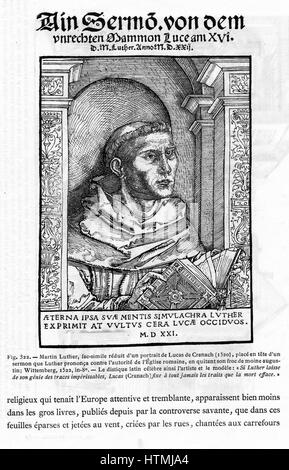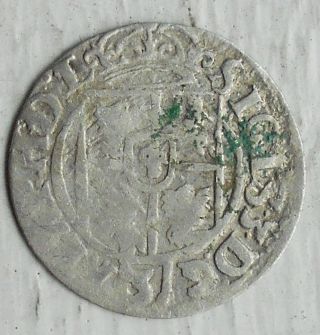

In doing so, it allows for a large, multi-way comparison of how one shared phenomenon has been, and still is, remembered in over a dozen neighbouring countries. Offering a wide-ranging panoramic analysis of Jagiellonian memory over five hundred years, this book includes coverage of numerous present-day European countries, ranging from Bavaria to Kiev, and from Stockholm to the Adriatic.

It explores how the Jagiellonian dynasty has been remembered since the early modern period and assesses its role in the development of competing modern national identities across Central, Eastern and Northern Europe.

Pocock, it proposes a broader hypothesis on the Reformation as a shift in the languages and concept of orthodoxy.Įncyclopedia Of Martin Luther And The Reformationĭescription: Remembering the Jagiellonians is the first study of international memories of the Jagiellonians (1386–1596), one of the most powerful but lesser known royal dynasties of Renaissance Europe. Building on John Bossy and borrowing from J.G.A. Instead, through close analysis of language, it reconstructs the underlying cultural beliefs about religion and church (ecclesiology) held by the king, bishops, courtiers, literati, and clergy - asking what, at heart, did these elites understood 'Lutheranism' and 'catholicism' to be? It argues that the ruling elites of the Polish monarchy did not persecute Lutheranism because they did not perceive it as a dangerous Other - but as a variant form of catholic Christianity within an already variegated late medieval church, where social unity was much more important than doctrinal differences between Christians. Examining these episodes in turn, this study does not treat toleration purely as the product of political calculation or pragmatism. Polish church courts allowed dozens of suspected Lutherans to walk free. King Sigismund's realm appears to offer a major example of sixteenth-century religious toleration: the king tacitly allowed his Hanseatic ports to enact local Reformations, enjoyed excellent relations with his Lutheran vassal duke in Prussia, allied with pro-Luther princes across Europe, and declined to enforce his own heresy edicts. It offers a new narrative of Luther's dramatic impact on this monarchy - which saw violent urban Reformations and the creation of Christendom's first Lutheran principality by 1525 - placing these events in their comparative European context. Description: The first major study of the early Reformation and the Polish monarchy for over a century, this volume asks why Crown and church in the reign of King Sigismund I (1506-1548) did not persecute Lutherans.


 0 kommentar(er)
0 kommentar(er)
